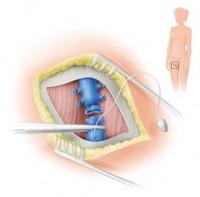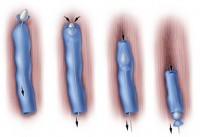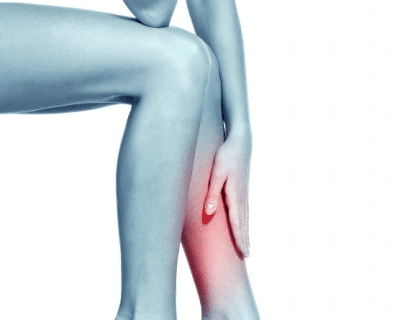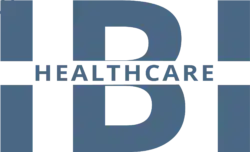Varicose Vein Stripping (Phlebectomy)
Discover vein stripping procedure to remove unsightly varicose veins, improving the appearance of the legs. Furthermore, alleviates symptoms that can eventually lead to better mobility and quality of life.
Typically, varicose veins appear as gnarled, enlarged veins in the legs and feet. Damage in the body’s lower extremities is more common due to standing and walking increases the pressure of those veins.
Do You Suffer from Varicose Veins?
These veins can appear bulging and twisted with a dark purple or blue color. Some people want to get rid of varicose veins for just cosmetic reasons. However, others decide to seek medical help due to aching pain. Painful symptoms include:
- Itching around one or more veins.
- An achy or heavy feeling in the legs.
- Burning, throbbing, swelling, and hardening of the vein.
Vein Stripping - Procedure Overview
Vein stripping is a surgical method to improve the skin’s appearance. But also reduces the pain and health risks associated with large varicose veins. During the procedure, the surgeon makes small incisions near the top and bottom of the damaged vein.
Next, the doctor inserts a thin, flexible plastic wire into the vein through the top incision. Then tying the wire to the vein, the doctor pulls it out through the bottom incision. After pulling, the surgeon will close the stitches.
Ho do Doctors Perform Varicose Vein Stripping?
The traditional technique for surgical stripping is ligation and stripping of the great saphenous vein (GSV). The long vein extends from the anklebone. Along the inside of the leg and thigh and empties into the femoral vein in the groin. The procedure involves tying off the abnormal vein (ligation) and physically removing it (stripping).
Surgeons perform it in a hospital, using local, spinal, or general anesthesia. Initially, the surgeon makes a small incision in the groin to expose and then tie off the diseased GSV.
The surgeon then makes a series of incisions along the leg. Particularly from the thigh to a point just below the knee. Then inserts and threads a specialized stripping tool through the incisions. Lastly, the surgeon strips out the diseased vein.

A more recent variation on this technique is PIN (Perforate Invaginate) stripping. This technique involves inserting an instrument called a PIN stripper through a small incision in the leg. Then advancing it through the vein and sews its tip to the end of the vein.
As a result, the surgeon pulls the vein in on itself while stripping it out of the leg. Besides this, perform PIN stripping in a hospital operating room or outpatient surgical center. Either under general anesthesia or local anesthesia with IV sedation.
How long does the Procedure take?
On average, the vein stripping procedure takes about 60-90 minutes.
Varicose Vein Stripping (Phlebectomy) - Expected Results
During the procedure, the surgeon breaks branch veins attached to the GSV. Causing blood to leak into surrounding tissues. As well as postoperative pain experienced by patients. However, other potential complications may include numbness from damage to surrounding nerves.
Moreover, chronic leg swelling from damaged lymphatic tissue, incision scars, and allergic reactions to anesthesia. Although the patient is usually able to return home the same day. Typically recovery from the surgery t takes up to four weeks. While patients sidelined for several days in the beginning.
Surgical vein stripping is far more invasive than the VenaCure EVLT™ procedure. Additionally, a study published in the Journal of Vascular Surgery revealed. The surgery was effective in eliminating varicose veins. Compared to a success rate of up to 98% for the VenaCure EVLT™ procedure. Endovenous laser vein therapy also causes less bruising. Leaves minimal to no scars as compared to surgical ligation.

Varicose Vein Stripping (Phlebectomy) - Associated Risk

Risks may include:
- Bruising.
- Scarring.
- Nerve Injury.
- Blood Clots.
- Heavy Bleeding.
- Allergic Reactions to Anesthesia.
Varicose Vein Stripping - Recovery
The recovery times depend on the number of veins removed and on which parts of the body. However, it usually takes about 2-4 weeks to recover from the vein stripping procedure.
How much does the Procedure cost?
This is a self-pay, all-inclusive price. Price will vary based on insurance and health status, use of additional resources, and so on. Regardless, we offer flexible financing options for qualified customers. Please note, that the CPT Code: is 37718. To inquire further about the procedure call us or schedule a teleconsultation.






